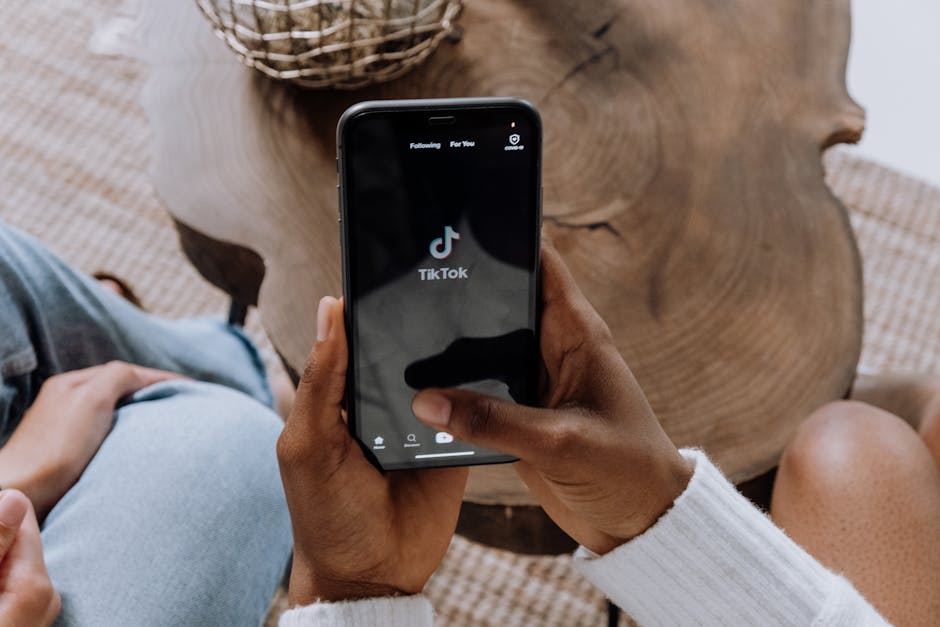Did you know that visuals are processed 60,000 times faster in the brain than text? In today’s fast-paced social media world, capturing attention with compelling social media photography is more critical than ever. Are you ready to elevate your social media game with stunning visuals? This guide will provide you with the essential knowledge and strategies needed to create photos that not only look great but also drive engagement and growth in 2025.
## Understanding the Power of Social Media Photography
Social media photography isn’t just about taking pretty pictures; it’s about crafting a visual narrative that resonates with your audience and aligns with your brand. Think of your images as tiny ambassadors, each conveying a message and contributing to your overall brand identity. Great photos tell stories, evoke emotions, and invite interaction, ultimately boosting your social media marketing efforts.
### Key Strategies for Captivating Social Media Photos
Here are some essential strategies to keep in mind when crafting your social media photography approach:
1. Know Your Audience: Understand what resonates with your target demographic. What are their interests? What kind of aesthetic do they prefer? Tailor your product photography and overall style to meet their expectations.
2. Master Composition: Learn and apply basic composition rules like the rule of thirds, leading lines, and symmetry to create visually appealing and balanced images.
3. Harness Natural Light: Natural light is your best friend. Shoot during the golden hour (sunrise and sunset) for warm, soft light, or find well-lit indoor spaces.
4. Embrace Storytelling: Each photo should tell a story, even a simple one. Focus on capturing authentic moments and emotions that will connect with your audience on a deeper level.
5. Stay Consistent with Branding: Maintain a consistent visual style across all your social media platforms. This includes color palettes, filters, and overall aesthetic. Use presets or editing styles to help create visual harmony.
### Common Mistakes to Avoid
Even with the best intentions, it’s easy to fall into common social media photography traps. Here are a few mistakes to watch out for:
Poor Image Quality: Blurry, pixelated, or poorly lit photos are a major turn-off. Invest in a decent camera (even a smartphone camera will do, with proper technique) and prioritize good lighting.
Over-Editing: While editing is essential, overdoing it can make your photos look unnatural and artificial. Aim for subtle enhancements that enhance the natural beauty of the scene.
Ignoring Copyright: Always ensure you have the rights to use the images you post. Avoid using copyrighted material without permission.
Lack of Variety: Posting the same type of photos repeatedly can become monotonous. Mix things up with different angles, subjects, and styles.
Inconsistent Branding: Jumping between drastically different aesthetics can confuse your audience and dilute your brand identity.
### Essential Tools for Social Media Photography
The right tools can significantly enhance your social media photography workflow. Here’s a mix of equipment and software to consider:
| Tool | Description | |
|---|---|---|
| ——————– | ——————————————————————————————————————————————————————————— | |
| Smartphone Camera | Modern smartphones have excellent cameras. Perfect for on-the-go shooting and quick sharing. | |
| DSLR/Mirrorless Camera | Provides superior image quality and versatility for professional-level photography. | |
| Tripod | Essential for sharp, stable shots, especially in low light conditions. | |
| Lighting Equipment | Consider investing in a softbox or ring light for controlled lighting in indoor environments. | |
| Photo Editing Apps | Adobe Lightroom Mobile, Snapseed, and VSCO offer powerful editing tools for enhancing your photos on the go. Adobe Photoshop is an industry standard for professional desktop editing. | |
| Canva | Great for adding text, graphics, and layouts to your photos for social media posts. |
### Building a Social Media Photography Guide: Step-by-Step
Want to create your own style guide for social media photography? Here’s how:
1. Define Your Brand Aesthetic: Start by outlining your brand values, personality, and target audience.
2. Choose a Color Palette: Select a consistent color palette that reflects your brand identity.
3. Determine Image Style: Decide on the overall style of your photos (e.g., minimalist, vibrant, moody).
4. Establish Composition Guidelines: Set rules for framing, angles, and perspective.
5. Create Editing Presets: Develop consistent editing presets for your photos to ensure a uniform look.
6. Document Examples: Gather examples of photos that align with your style guide.
7. Regularly Review and Update: Adapt your style guide as your brand evolves and trends change.
### Expert Insights on Social Media Photography
“Authenticity is key in social media photography,” says renowned photographer Annie Leibovitz. “People can spot a fake image a mile away. Focus on capturing genuine moments and emotions.”
Another insightful quote comes from social media guru Gary Vaynerchuk: “Content is king, but marketing is queen and runs the household.” This highlights the need for strategic promotion of your social media photography to maximize its impact.
### Key Takeaways for Social Media Photography in 2025
Prioritize high-quality images. Grainy or blurry photos will deter your audience.
Stay consistent with your branding. This helps build recognition and trust.
Engage with your audience. Respond to comments and messages to build a community.
Experiment with new trends and technologies. Keep an eye on emerging trends like AI-powered photo editing and immersive photography.
Data-driven decisions Track your results and make adjustments based on what’s working.
### Social Media Photography FAQs
Q: What type of camera should I use for social media photography?
A: While a DSLR or mirrorless camera offers superior image quality, a modern smartphone camera can also produce excellent results, especially when combined with good lighting and editing.
Q: How important is editing in social media photography?
A: Editing is crucial for enhancing your photos and ensuring consistency in your visual style. However, avoid over-editing, as it can make your photos look unnatural.
Q: How can I improve the lighting in my social media photos?
A: Natural light is ideal, so try shooting during the golden hour or in well-lit indoor spaces. If natural light isn’t available, consider investing in lighting equipment like a softbox or ring light.
Q: What are some tips for taking better photos of products for social media?
A: Use a clean background, ensure good lighting, and showcase your product from multiple angles. Consider using props to add context and visual interest. Consider professional product photography services if your budget allows.
Q: How often should I post new photos on social media?
A: Consistency is key. Aim to post regularly, but the ideal frequency will vary depending on the platform and your audience. Experiment to find what works best for you.
In summary, mastering social media photography requires a blend of technical skills, creative vision, and strategic thinking. For example, to know about the photography trends, visit reputable photography sites such as photography trends and also read the guide for creating your business create your brand style. By understanding your audience, mastering composition, and staying consistent with your branding, you can create visuals that not only capture attention but also drive engagement and growth.
Ready to take your social media photography to the next level? Start by auditing your current content and identifying areas for improvement. Experiment with different styles and techniques, and don’t be afraid to get creative. Share your best photos on social media and tag us – we’d love to see what you create!



